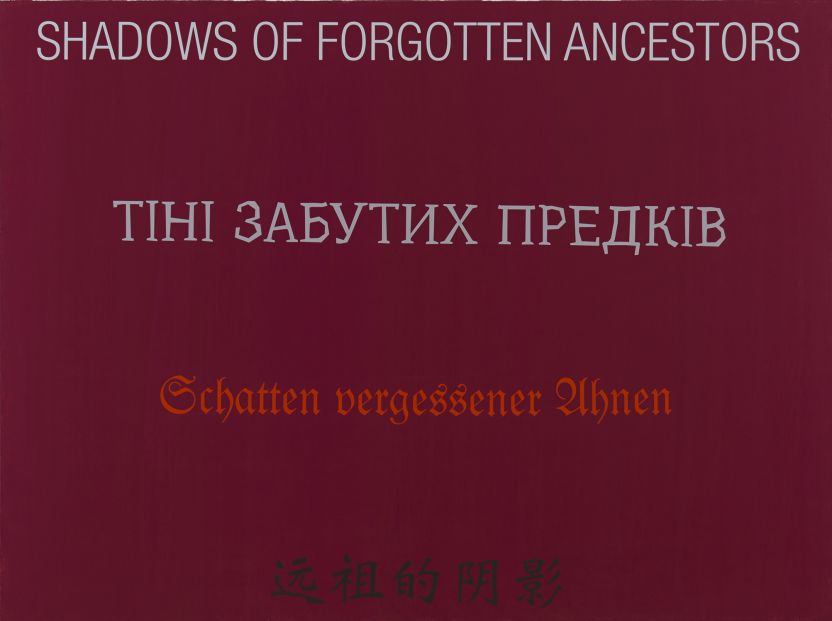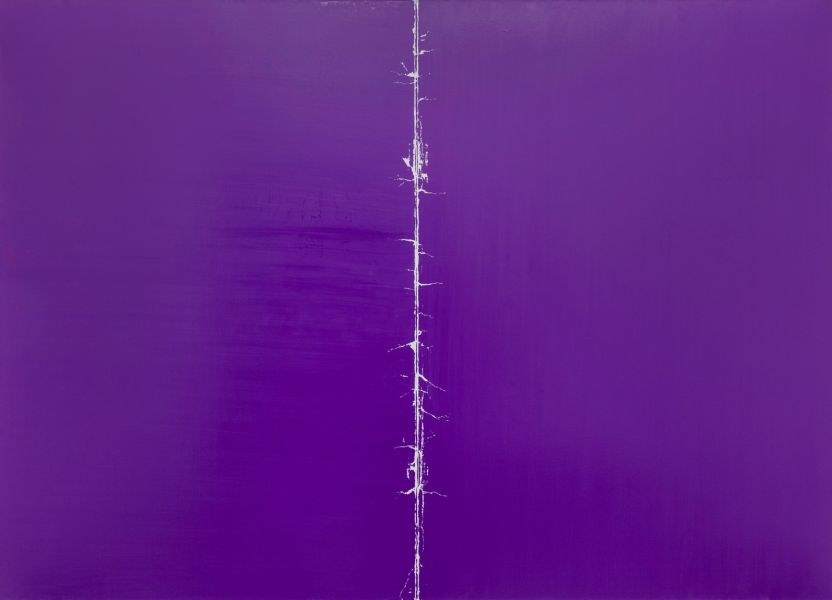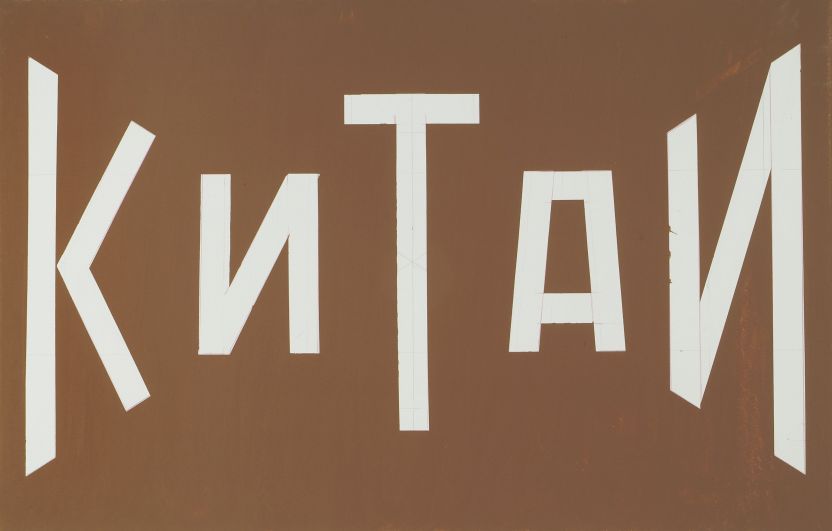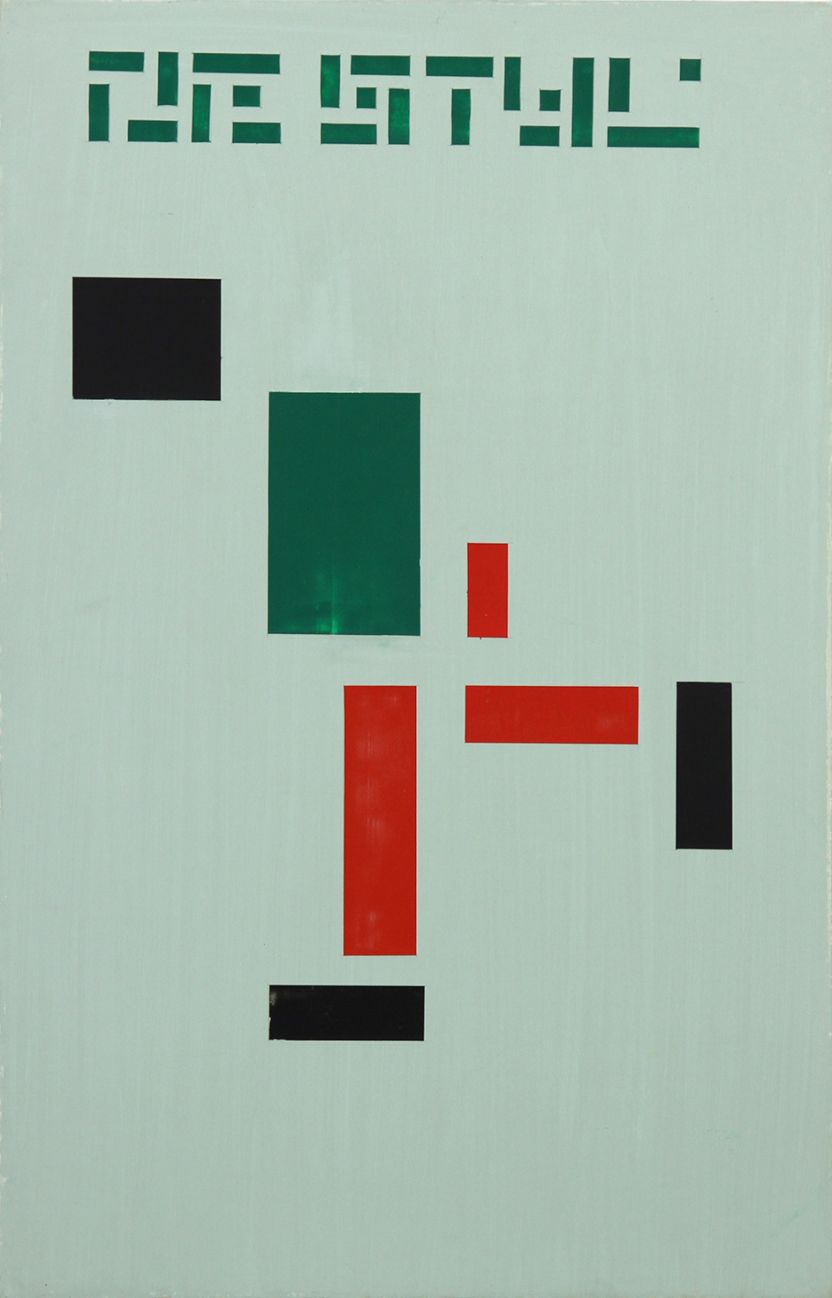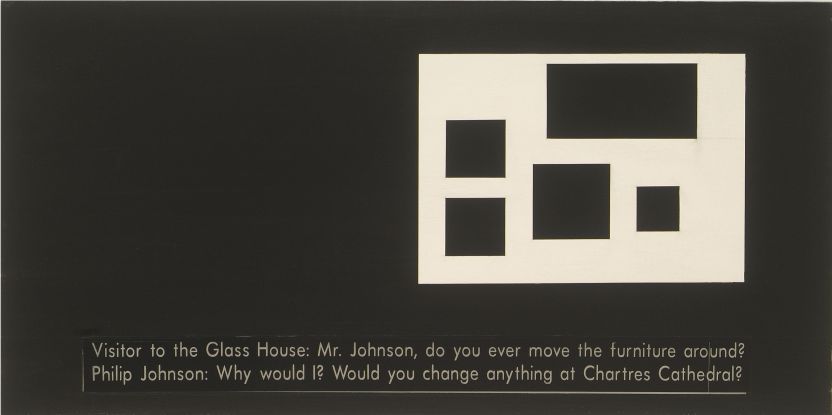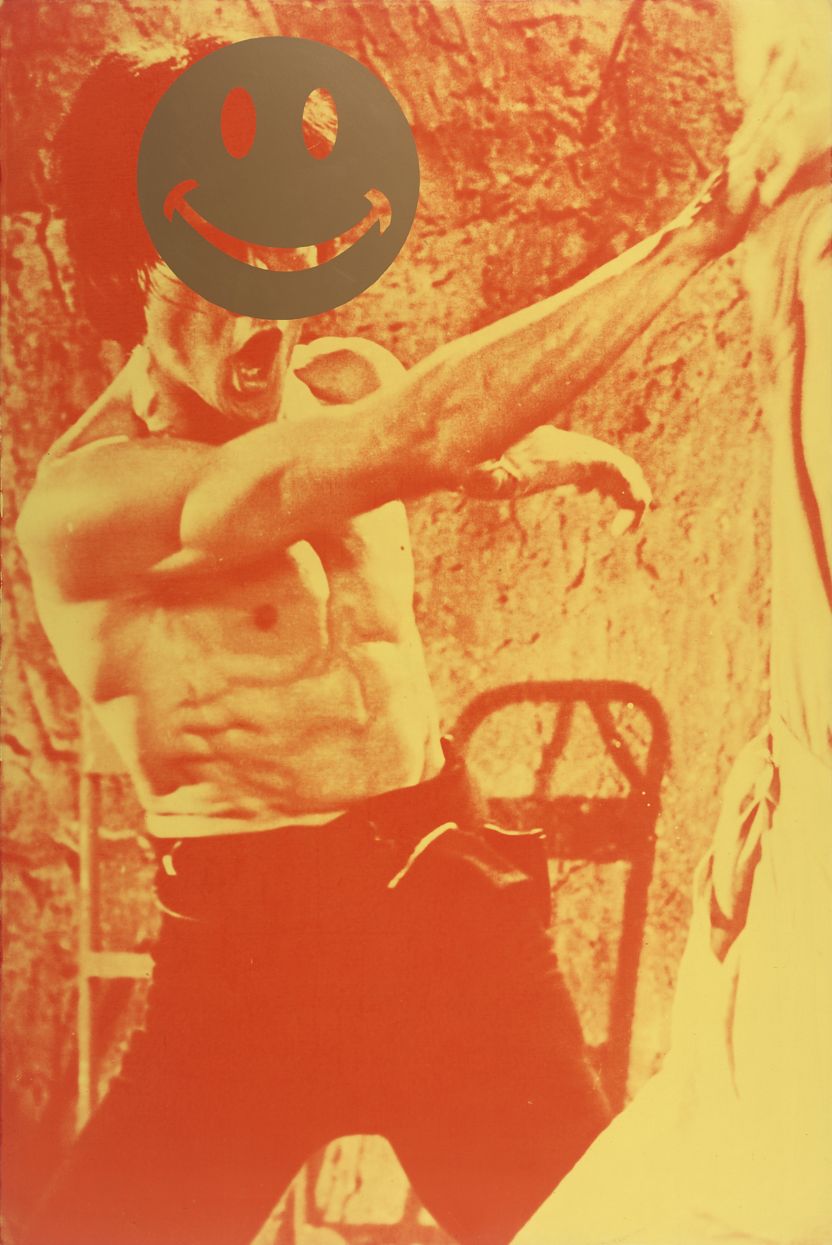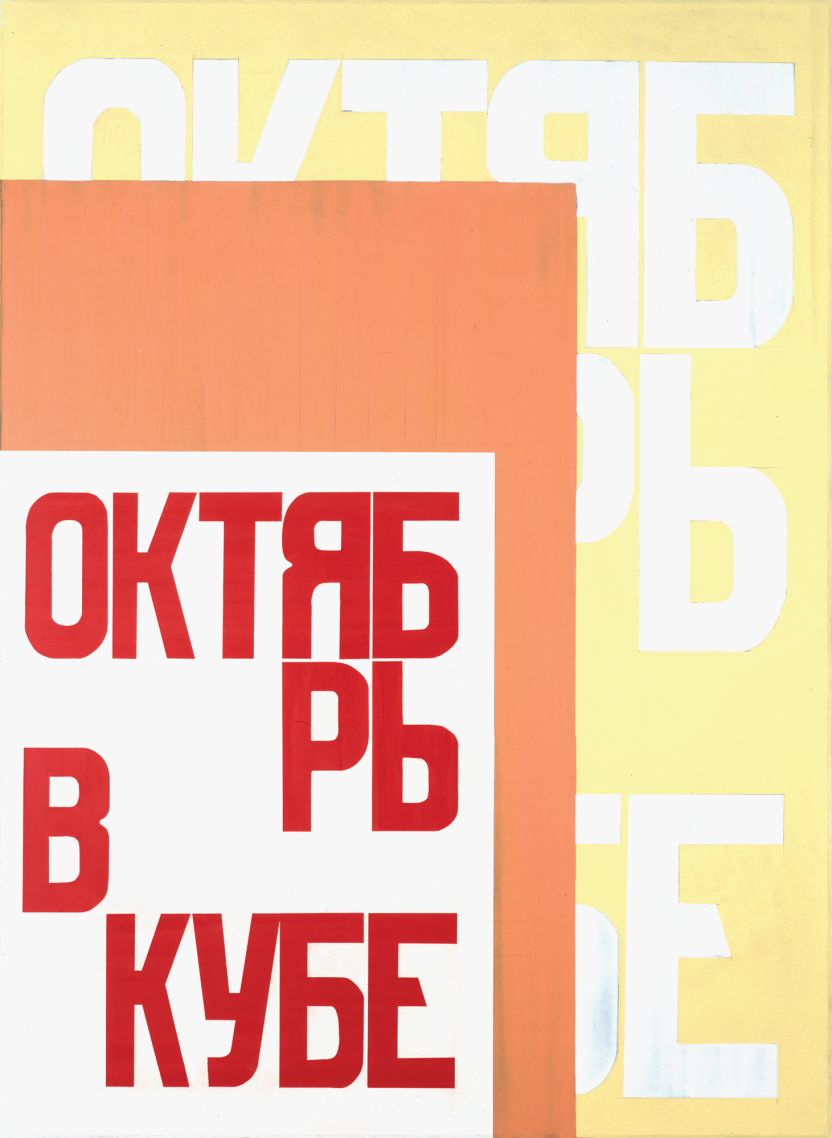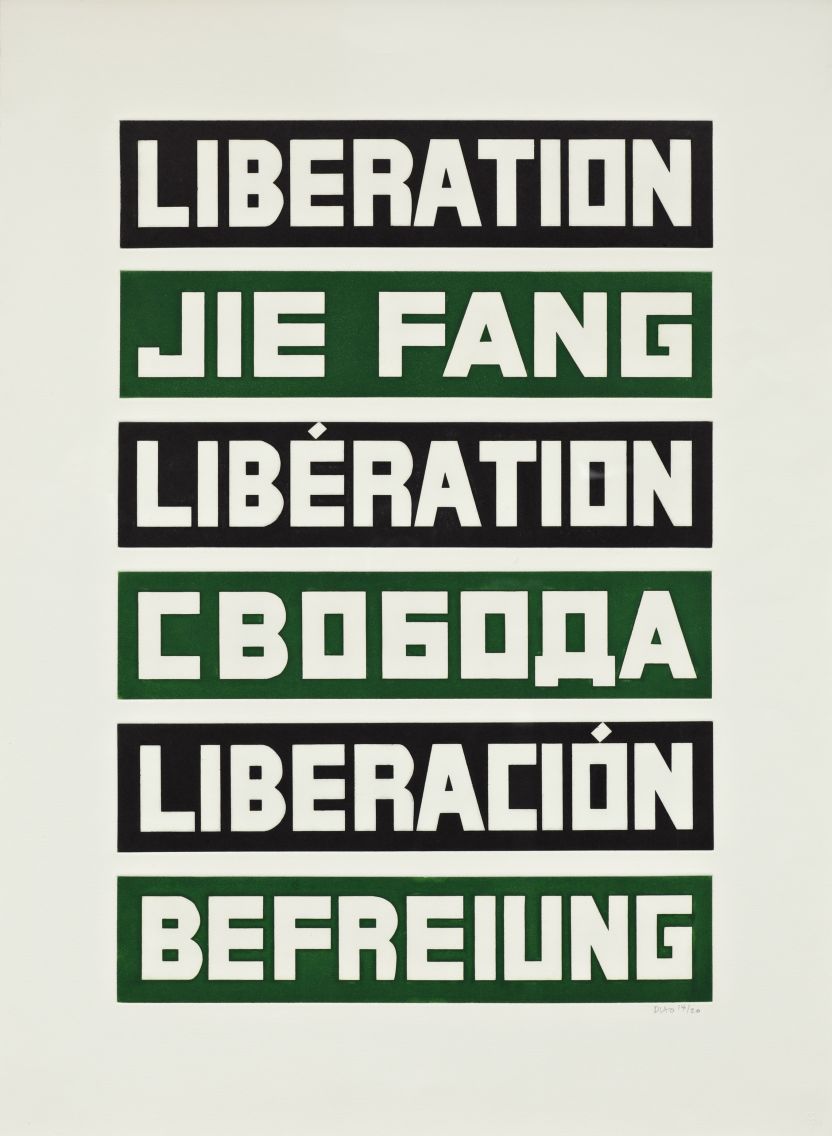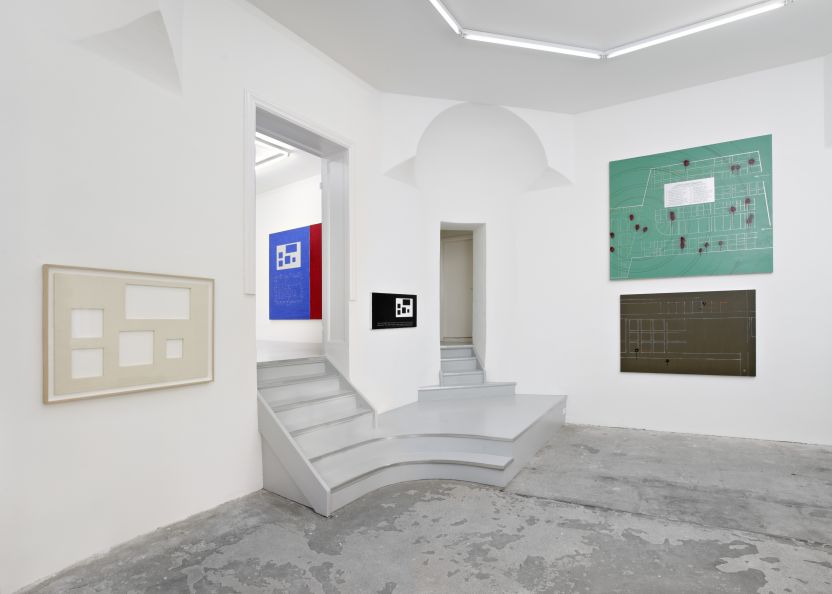David Diao
Biography
Born 1943, Chengdu, China. Lives and works in New York.
Selected Solo Exhibitions
Put to the Test, Greene Naftali, New York
On Barnett Newman, 1991–2023, Greene Naftali, New York
Berlin Chair in Pieces, Postmasters, New York
Selected Group Exhibitions
50 Paintings, Museum of Art, Milwaukee
Eugenics in the Garden, Tureen, Dallas
Schema: World as Diagram, Marlborough, New York
blinking last and laughing first, Rumpelstiltskin, New York
Chambres d’Amis: Ikea, Office Baroque, Antwerp
Coloring, University of Kentucky Art Museum, Lexington, Kentucky
Press
- Art in America, November 2025
- Art in America, September 2025
- The Brooklyn Rail, February 2025
- Artsy, May 2024
- M+ Magazine, January 2023
- Hyperallergic, February 2022
- Ocula, November 2017
- Art in America, May 2017
- New York Times, March 2017
- Art News, March 2017
- Blouin ArtInfo, March 2016
- Modern Painters, September 2015
- Artforum, July 2014
- The Brooklyn Rail, May 2013
- New York Times, October 2012
- Art Info, June 2012
- Art Asia Pacific, March/April 2012
- Time Out Hong Kong, December 2011
- Leap, 2011
- Art in America, June/July 2009
- Third Text, Winter 1995/96
- Artforum, January 1992





